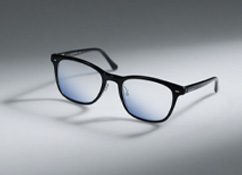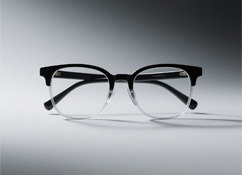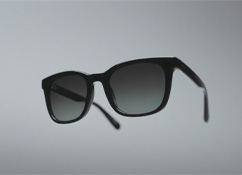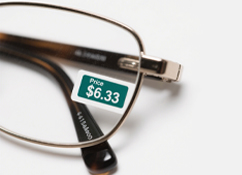What’s Considered “Normal” Vision? Here’s How to Tell If You Measure Up
Our eyes are our most important tool for taking in the world—over 80% of what we learn comes through sight. But vision varies a lot: some people can easily read the smallest line on an eye chart, while others struggle with the biggest letters. So what counts as “normal” vision? And how do you know if yours measures up? Let’s break it down.
What Is “Normal” Vision, Anyway?
You’ve probably heard of “20/20 vision”—that’s the standard most people think of as “normal.” It means you can clearly see what the average person can see from 20 feet away (like the smallest letters on a typical eye chart). But “normal” isn’t one-size-fits-all—vision develops as we grow, especially in kids.
Normal Vision by Age
Vision gets sharper as children grow. Here’s what’s typical for each age group:
4 months old: Can see shapes and follow moving objects, but clarity is low (like 20/500 to 20/250 vision).
5–6 months: Starts to focus better, with vision around 20/250 to 20/125.
7–8 months: Can stare at objects for longer and track them smoothly.
1 year old: Recognizes familiar faces and points to things like eyes or ears.
2–3 years: Vision improves to around 20/50 to 20/40 (can see most of the bigger letters on a chart).
3–4 years: Gets sharper, around 20/40 to 20/30.
5–6 years: Closer to adult vision, around 20/25 to 20/20.
6+ years: 20/20 is considered “normal” for most kids and adults.
H2: Why Some People Don’t Have “Normal” Vision
Lots of things can affect how clearly you see, but the most common are refractive errors—issues with how your eye bends light. These include:
Nearsightedness (myopia): Can’t see far away clearly (e.g., road signs look blurry).
Farsightedness (hyperopia): Struggles to see close-up (e.g., reading a book is tough).
Astigmatism: Blurred vision at all distances, often from an unevenly shaped cornea.
The good news? Most refractive errors are easy to fix. Glasses, contacts, or even laser surgery can often help you see 20/20.
“Low Vision” vs. Just “Poor Vision”
Not all vision problems are the same. “Poor vision” usually means your eyesight isn’t 20/20, but it can be fixed with glasses or contacts. “Low vision” is more serious—it means even with glasses, surgery, or medicine, your best vision is still 20/70 or worse (or your field of vision is very narrow). This can make daily tasks like reading or driving hard.
Experts estimate millions of people worldwide live with low vision, but it’s less common than simple refractive errors.
Why Tracking Vision Early Matters
Kids’ eyes develop quickly, so catching issues early is key. Here’s why:
Start at age 3: Teach kids to read an eye chart (or use picture charts for little ones) and keep a vision record.
Check every 6–12 months: This tracks changes—if vision drops suddenly, it could signal myopia (nearsightedness) or amblyopia (lazy eye), which needs quick treatment.
Age 3–10 is critical: This is when vision is most “flexible”—problems caught early are easier to fix. Even after age 10, regular checks help keep vision healthy.
FAQ: Normal Vision & Eye Health
Q: Is 20/20 the best possible vision?
A: No—some people have 20/15 or even 20/10 vision (sharper than average!). But 20/20 is considered “normal.”
Q: If I don’t need glasses, does that mean my vision is perfect?
A: Not necessarily. Some people have mild refractive errors but “get by” without glasses. It’s still good to get checked—small issues can get worse over time.
Q: How often should kids get their eyes checked?
A: The American Academy of Ophthalmology recommends checks at age 6 months, 3 years, and before first grade. After that, every 1–2 years (or more if there’s a problem).
The Bottom Line
“Normal” vision is usually 20/20 for adults, but it takes time for kids to get there. Most vision issues (like nearsightedness) are easy to fix with glasses or contacts. The key is checking vision regularly—especially in kids—to catch problems early. After all, clear sight helps us take in every part of the world.











